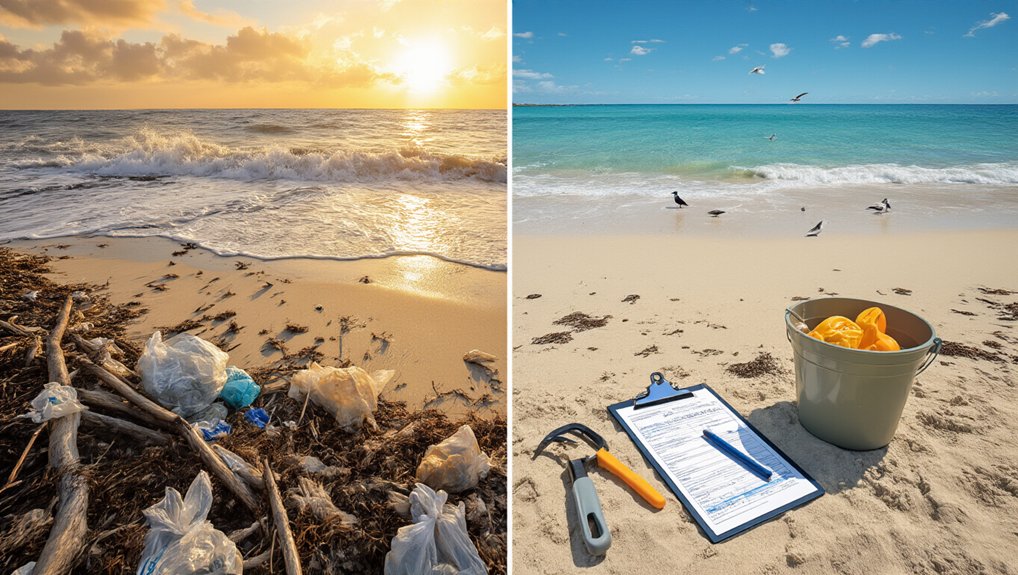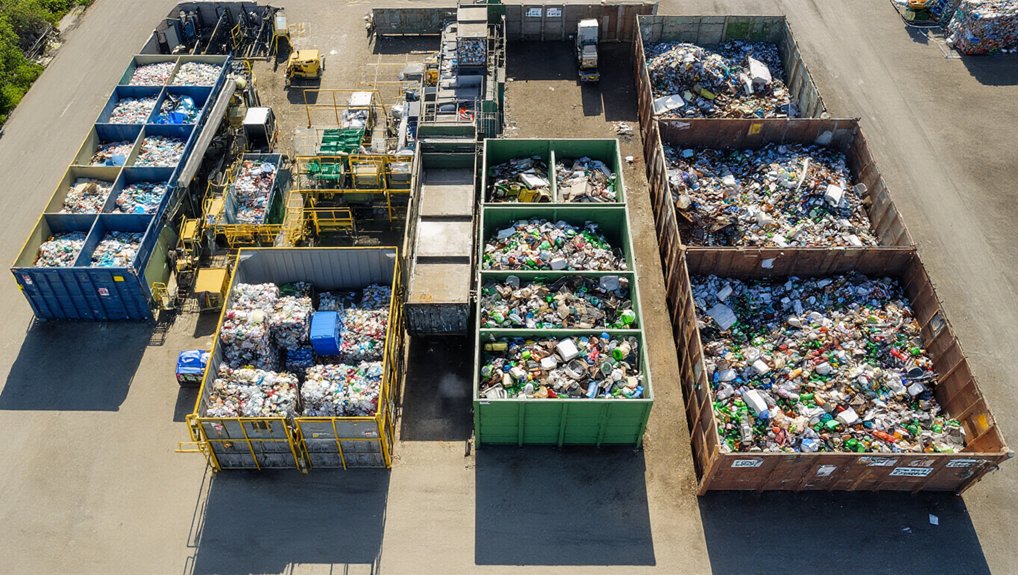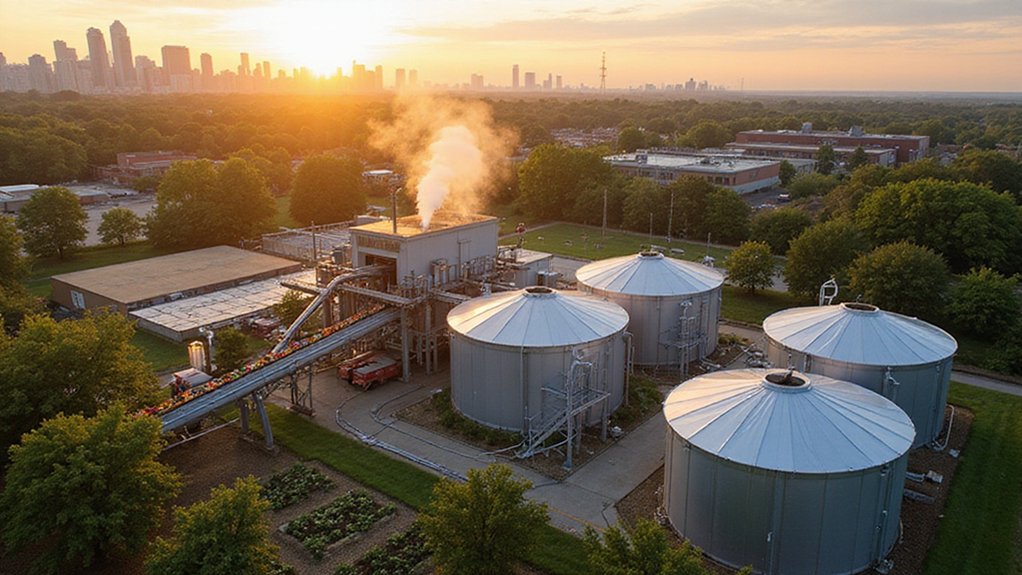Plastic bags are vanishing from America’s beaches, and it turns out those pesky regulations actually work. New data from coastal cleanups shows plastic bag litter dropping by 25 to 47 percent in areas with bans or fees. That’s compared to places where politicians still pretend the free market will fix everything.
Plastic bag bans work: beach litter drops 25-47% while free-market fantasies accomplish nothing.
The numbers come from Ocean Conservancy’s TIDES database, which tracks millions of pieces of trash collected by volunteers each year. Before regulations kicked in, plastic bags made up 14 percent of all marine litter in global coastal cleanups. These lightweight menaces escape trash bins, blow into waterways, and kill turtles, whales, and dolphins who mistake them for food. Real cheerful stuff.
Over 100 countries have now adopted bans or fees on single-use plastic bags. The results? Immediate and lasting. California’s 2014 statewide ban shows the impact grows stronger over time, with no evidence of backsliding. Turns out people adapt pretty quickly when forced to bring their own bags to the grocery store. Shocking. The study analyzed 45,000 cleanups across eight years, providing unprecedented data on the real-world effectiveness of these policies.
The health implications are sobering. Plastic bags break down into microplastics that cause metabolic disorders and reproductive harm in humans. Communities near high microplastic concentrations face increased risks of diabetes and cardiovascular disease. Wildlife isn’t faring better—entanglement and ingestion make plastic bags among the deadliest marine litter items out there. These plastics significantly disrupt ecosystem services that contribute over $125 trillion in value annually to human well-being.
Digital tools like the Clean Swell app now let volunteers log every bottle cap and cigarette butt they find, creating massive datasets that prove what common sense already suggested: regulations work. The data reveals plastic bag policies as one of the most effective single levers for reducing shoreline litter. Researchers from the University of Delaware and Columbia University compiled 600 policies from 2007 to 2023 to conduct the most comprehensive analysis to date.
Critics love to whine about government overreach and inconvenience. Meanwhile, the evidence keeps piling up like, well, trash on a beach. Effective enforcement matters—half-hearted implementation gets half-hearted results. But when communities commit to change, combining education with actual consequences, beaches get cleaner. Marine life stops choking on our garbage. And maybe, just maybe, we inch closer to oceans that don’t double as plastic soup.
References
- https://phys.org/news/2025-06-plastic-bag-shoreline-litter.html
- https://grist.org/science/plastic-bag-ban-beach-cleanups-ocean-conservancy-study/
- https://www.latimes.com/environment/story/2025-06-19/is-california-winning-its-war-on-plastic-bags
- https://www.udel.edu/udaily/2025/june/plastic-bag-bans-fees-shoreline-pollution-cleanup-beach-lake-river-policy/
- https://www.youtube.com/watch?v=EUWwdrf9tLg









